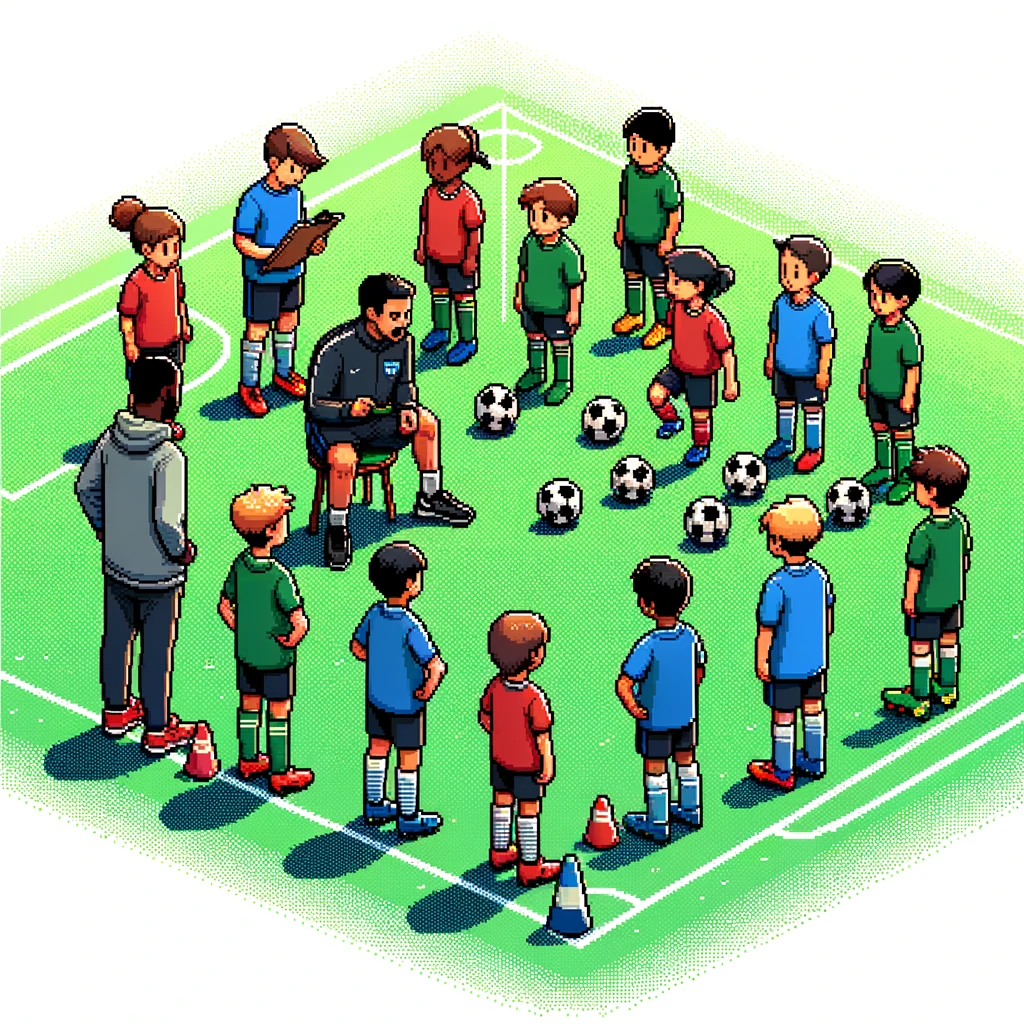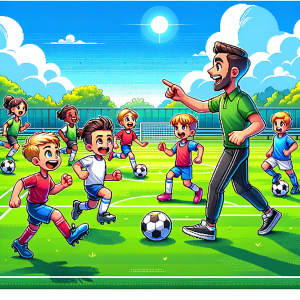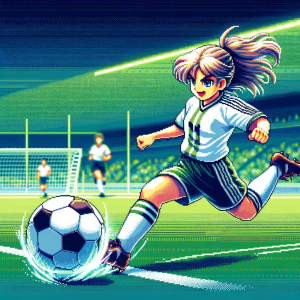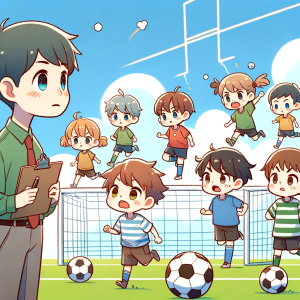
Demystifying Talent Development in Youth Soccer: Insights from English Lower-League Development Programs.
In the world of youth soccer, identifying and nurturing talent is a complex and multifaceted process. The insightful article “Soccer Player Characteristics in English Lower-League Development Programmes: The Relationships between Relative Age, Maturation, Anthropometry and Physical Fitness” (Lovell et al., 2015) offers a compelling look into the factors influencing talent identification and development in youth soccer.
Understanding the Relative Age Effect (RAE)
The RAE is a cornerstone concept in the study. It refers to the over-representation of players born earlier in the selection year in soccer teams. This phenomenon is particularly pronounced in English lower-league youth soccer, where players born in the first quartile of the year are significantly more likely to be selected in development programs than those born later. Coaches and talent scouts tend to favor these relatively older players, presuming physical and developmental advantages.
Implications for Team Formation and Player Development
Team formation in youth soccer should not solely depend on a player’s relative age or physical maturity. Coaches need to acknowledge the RAE’s bias and consider a more holistic approach that includes technical skills, psychological resilience, and tactical understanding. This balanced evaluation ensures that late bloomers or relatively younger players are not overlooked simply because they are physically less developed at a younger age.
Navigating the Challenges of Playing Up an Age Group
A common scenario in youth soccer is a younger player wishing to ‘play up’ an age group. This decision should not be based solely on physical attributes. Coaches must assess the player’s technical ability, psychological maturity, and capacity to adapt to the challenges of playing with older peers. It’s crucial to ensure that such a move benefits the player’s long-term development rather than just short-term team performance.
Team Formation Strategies
In forming teams, coaches should:
- Avoid over-reliance on physical attributes during selection, especially for younger age groups.
- Incorporate regular skill-based assessments to track players’ technical progress.
- Create an inclusive environment that nurtures players of varying maturation levels.
- Implement training programs tailored to individual developmental needs.
Case Study: A Player Wanting to Play Up
Consider a 12-year-old player exhibiting advanced technical skills but average physical development for their age. Instead of immediate promotion to an older age group, the coach could introduce this player gradually, allowing them to train with the older team while still playing matches with their age group. This approach provides exposure to the higher level’s challenges without overwhelming the player physically and psychologically.
Conclusions and Recommendations
Coaches should be aware of the RAE and its implications, focusing on developing players holistically rather than merely selecting the physically dominant ones. Embracing a comprehensive view of player development will not only create more equitable opportunities but also uncover talents that might otherwise be overlooked.
Elevate your understanding of the beautiful game with ‘This Week in Soccer’.
Dive into a world where soccer science and strategy come alive. Subscribe now to our newsletter and be part of a community that transforms theoretical knowledge into practical mastery. Don’t miss out on the chance to access groundbreaking insights and redefine your approach to soccer. Subscribe today!



